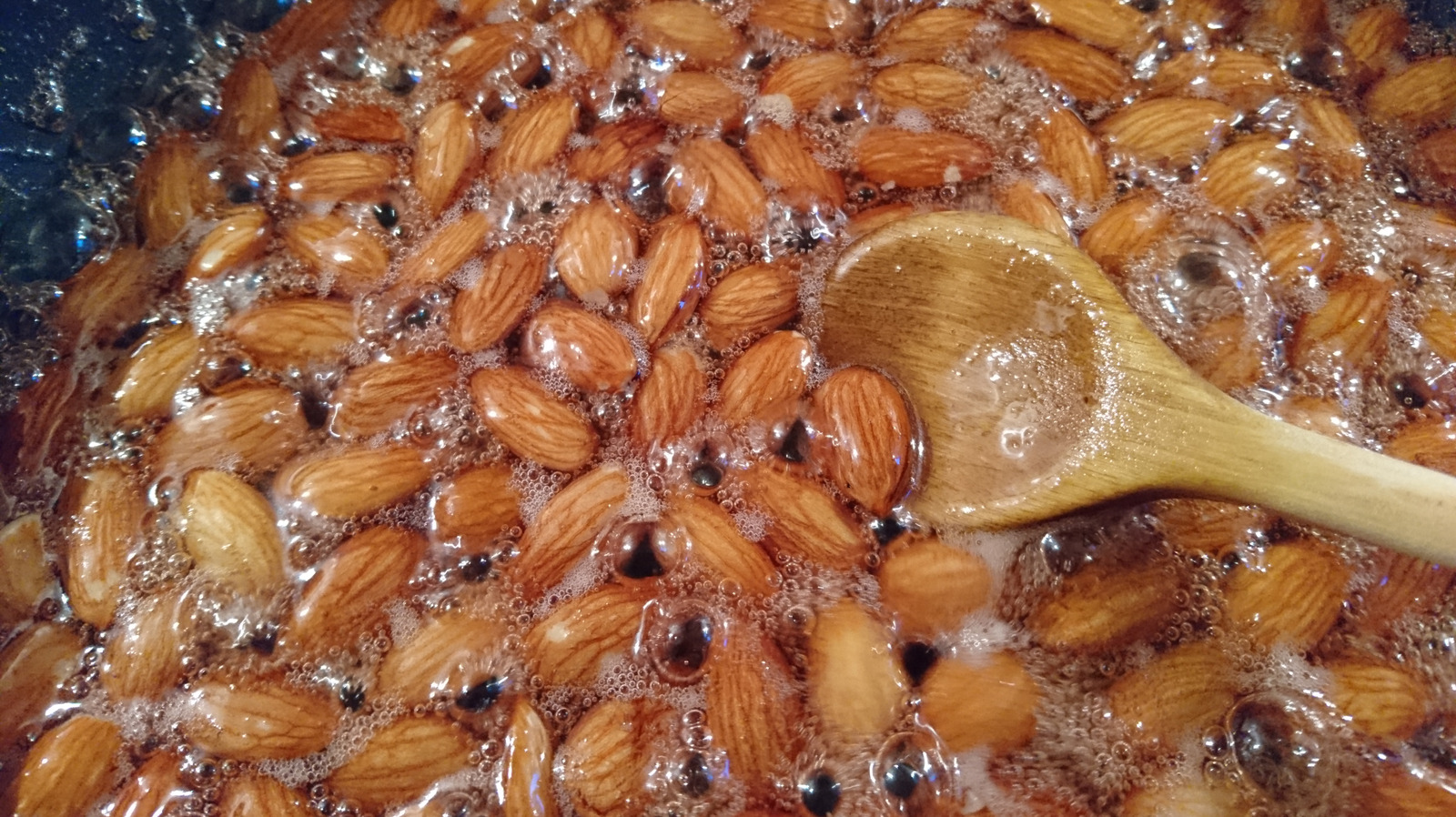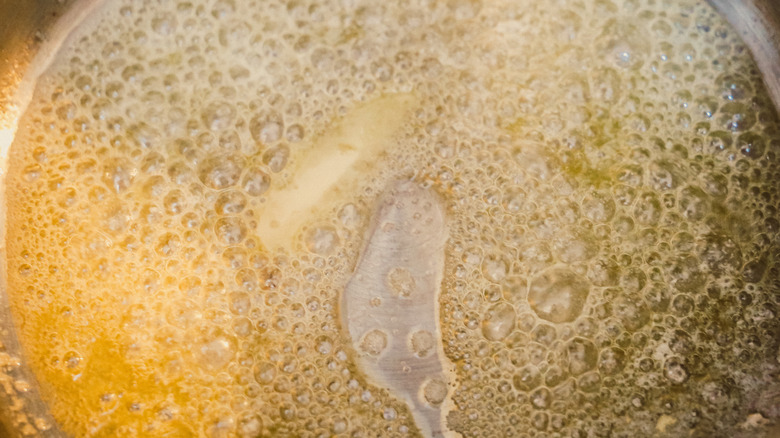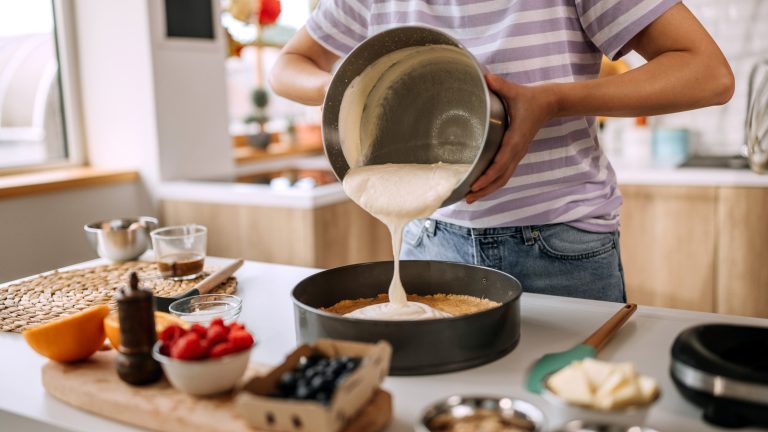Who doesn’t love a good toasted nut? If you’re looking for the best way to roast them (and there are some pretty interesting ones, like making perfectly roasted nuts with your microwave), you really can’t beat the tried-and-true perfection of almonds toasted in delicious butter over the heat of the stove. You can use freshly roasted almonds in everything, from making homemade nut butter to delectable ice cream to topping your next stack of praline pancakes. So, it’s good to have a handle on how to toast your almonds without toeing over that line and roasting them to oblivion.
When toasting your almonds in butter, you want to keep a few things in mind. First: the heat level. You want to melt your butter over medium heat to get it done quickly, but then drop the heat down to low as soon as you add your nuts in so they don’t burn. You want to leave the nuts sitting for a few minutes without touching them, and then begin stirring constantly until your nuts reach a golden brown color. When your nuts are ready, they’ll pop and crackle a bit, and emit a pleasantly nutty aroma. You can then take them out of the pan and leave them on a plate spread out evenly to cool down, and that’s all there is to it.
The little details that make all the difference with top-grade almonds
Of course, as with any recipe, the devil is in the details. For example, the type of butter that you use can significantly change your roasted almonds. Almonds actually release their own oils while roasting, so a fat like butter isn’t strictly necessary. But butter helps other seasonings stick to your almonds better, and it also brings a richness and depth of flavor to the nuts that you can’t get otherwise. This is especially true if you use a salted butter. Higher quality butters also brown better, with the best browning coming from butters with milk fat content above 82%. Inexpensive butter, on the other hand, has a higher water content so it takes longer to brown and also burns more easily, giving your toasted almonds a charred flavor.
When roasting your almonds in butter, try to use a light-colored pan if possible, too. Light colors absorb and radiate less heat than dark ones. This way, you have a gentler, lighter, and more even heat spread across your nuts, so there’s less of a chance for you to burn them. On top of that, a light-colored pan gives you a better view of your nuts as they change color and roast, once again helping you avoid the pitfall of a burned and bitter almond. Keep these tips in mind and you can roast yourself up a delicious pan of almonds to snack on or use in anything from baked goods to a high-protein savory sandwich spread, and do it all in time for dinner.






